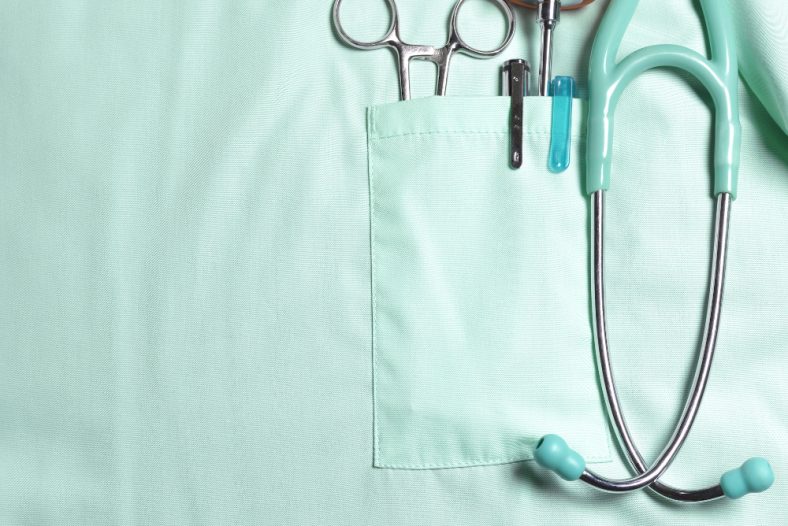Medical devices: how to comply with the new European regulation

Article updated in April 2024
Since April 23, 2024, AFNOR Certification has been designated by the ANSM (Agence Nationale de Sécurité du Médicament et des Produits de Santé) and the European Commission to issue the CE mark, the famous sesame attesting to a medical device’s compliance with Regulation (EU) 2017/745.
When it comes to implants and medical devices in general, caution is the watchword. Various scandals, such as that involving breast implants in the early 2010s, have led to tighter regulation. The principle is that manufacturers must demonstrate that they control risks throughout the life cycle of their products. With this in mind, the European Union has issued regulations 2017/745 (for medical devices, including active implantables) and 2017/746 (for in vitro diagnostic devices).
Regulation 2017/745, based on European Directives 90/385 (active implants) and 93/42 (medical devices), was due to take effect on May 26, 2020. The public authorities have granted a one-year reprieve, due to the health crisis linked to covid-19, which has disrupted many businesses. The Agence nationale de sécurité du médicament et des produits de santé (ANSM) lists the highlights as follows:
- The scope of application has been extended to non-medical devices;
- New obligations have been imposed: a person is responsible for ensuring that the manufacturer complies with the regulations;
- Notified bodies are placed under European control and subject to new procedural obligations (unannounced visits to manufacturers, product inspections);
- The sector is regulated at European level by a coordination group of national authorities;
- The vigilance system has been improved with the creation of a European incident database;
- The framework for clinical investigations converges with the framework for clinical trials applicable to medicinal products;
- Pre-market assessment has been strengthened;
- Certain practices are regulated, such as the production of medical devices in healthcare establishments or the reprocessing of single-use devices;
- Transparency and traceability are improved.
The aim is to demonstrate that risks are controlled throughout the product life cycle. And at the beginning of the life cycle, there’s marketing. At this stage, a procedure is required: CE marking. This compulsory marking, recognizable by the small “CE” logo in rounded letters, gives the products concerned the right to circulate freely throughout the European Union, implying that these products comply with the relevant European regulatory texts (directives or regulations).
To affix the CE mark, the manufacturer must carry out inspections and laboratory tests, or have them carried out, to prove conformity, particularly in terms of health and safety. In the case of medical devices, this procedure applies to all market players, i.e. any natural or legal person who manufactures, refurbishes, has designed, has manufactured or has manufactured a medical device, and markets it under his or her name or trademark. Please note: CE marking is not a certification mark, nor an indication of the product’s geographical origin.
AFNOR Certification: CE marking like BerlinCert
 It was only logical that AFNOR Certification, a specialist in signs of quality and trust, should position itself as a notified body for CE marking medical devices. This has now been achieved, with the recent submission of its application to the ANSM to become the second French notified body for this service, and thus offer its regulatory conformity assessment services to manufacturers. “CE marking is essential for French manufacturers to market their medical devices within the European Union. We will mobilize all our rigor and expertise to attest product conformity with essential health and safety requirements”, explains Anthony Delamotte, Director of the AFNOR Medical business unit at AFNOR Certification. The Group already has a notified body to offer CE marking with Berlin Cert. AFNOR Certification is expected to become one in the medium term.
It was only logical that AFNOR Certification, a specialist in signs of quality and trust, should position itself as a notified body for CE marking medical devices. This has now been achieved, with the recent submission of its application to the ANSM to become the second French notified body for this service, and thus offer its regulatory conformity assessment services to manufacturers. “CE marking is essential for French manufacturers to market their medical devices within the European Union. We will mobilize all our rigor and expertise to attest product conformity with essential health and safety requirements”, explains Anthony Delamotte, Director of the AFNOR Medical business unit at AFNOR Certification. The Group already has a notified body to offer CE marking with Berlin Cert. AFNOR Certification is expected to become one in the medium term.
In the meantime, AFNOR Certification continues to offer the other essential tool for medical device manufacturers: ISO 13485 certification. By presenting this distinctive sign, based on the standard of the same name (in its latest version, that of 2016), they reassure their customers today of their ability to control risks within the meaning of the European regulation. You can train for it, and even become an auditor so that, in turn, you can deliver certification to companies that request it. For that, head for AFNOR Compétences ! !